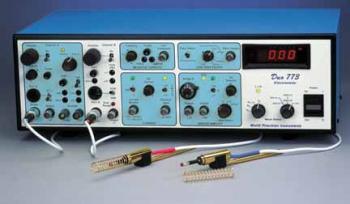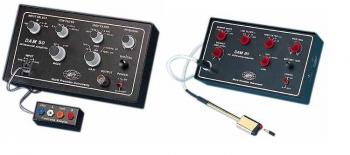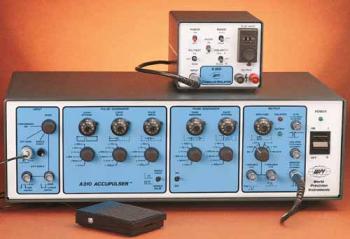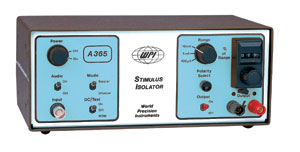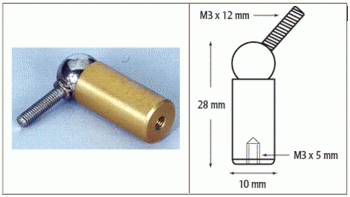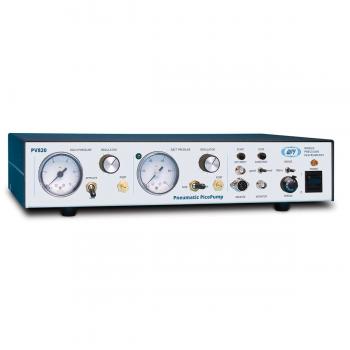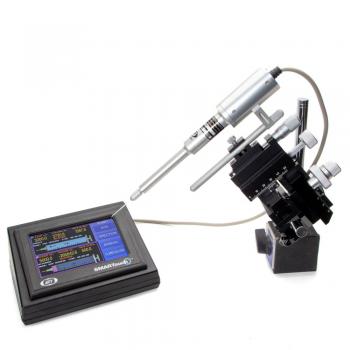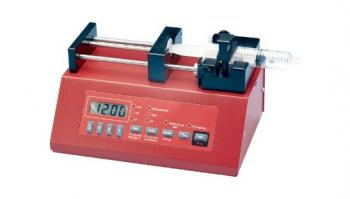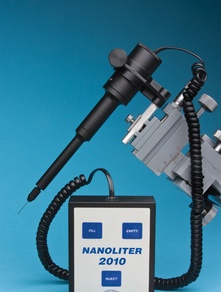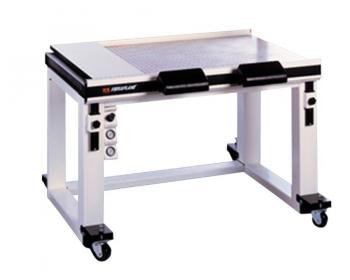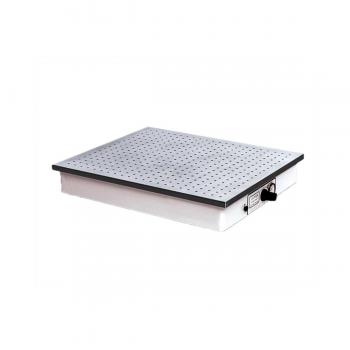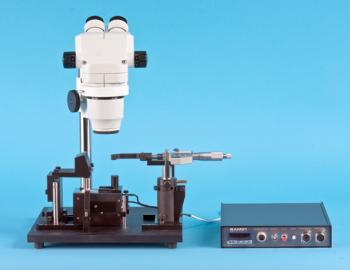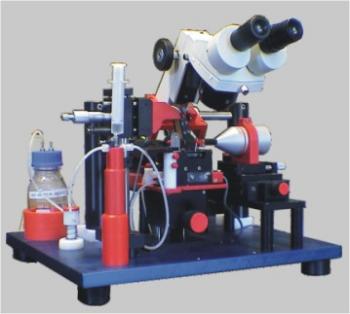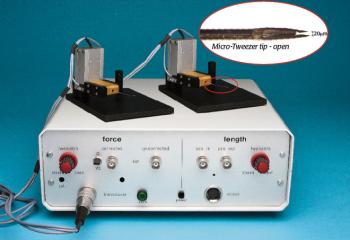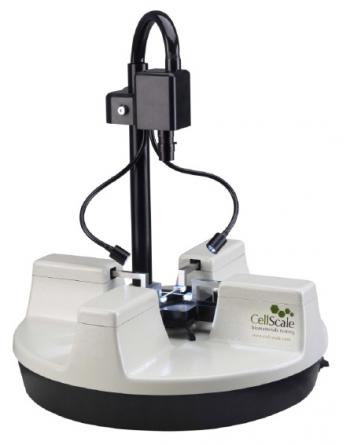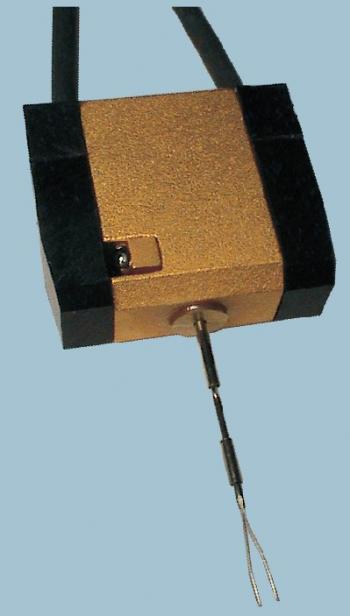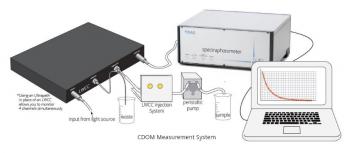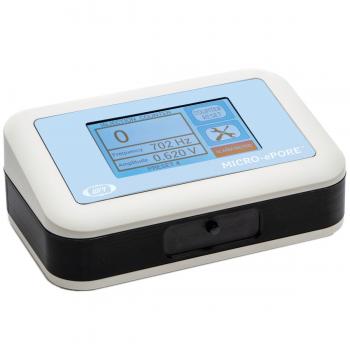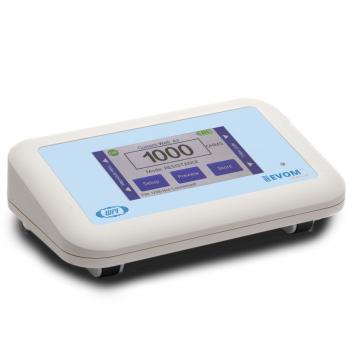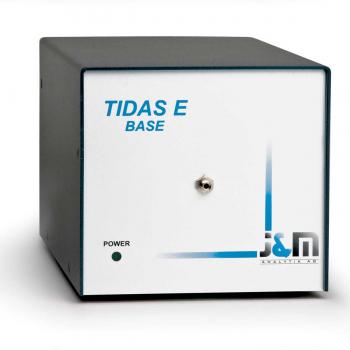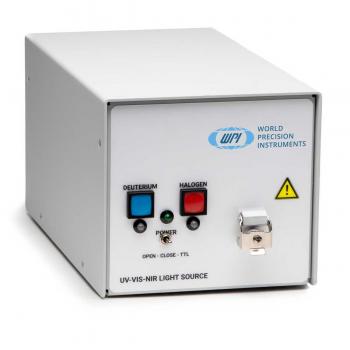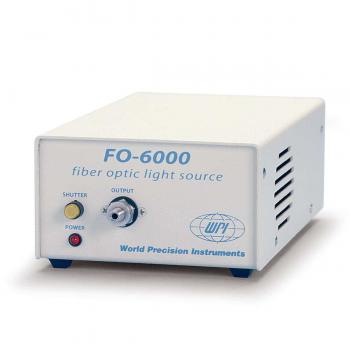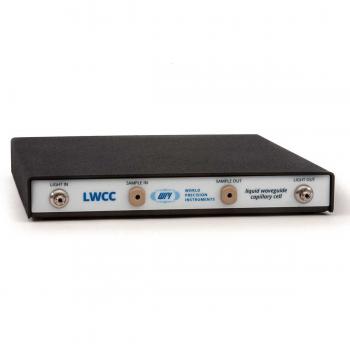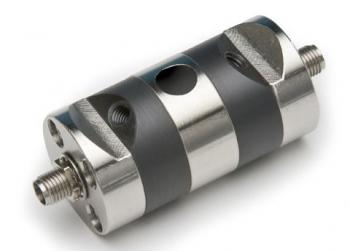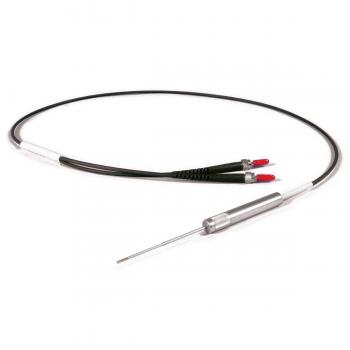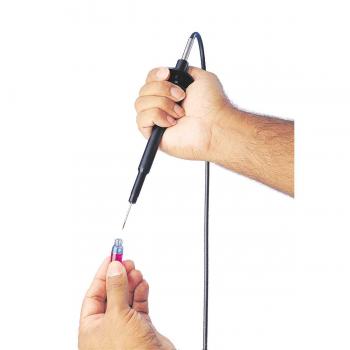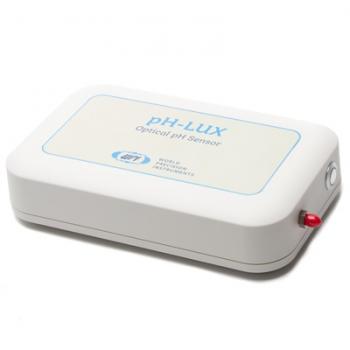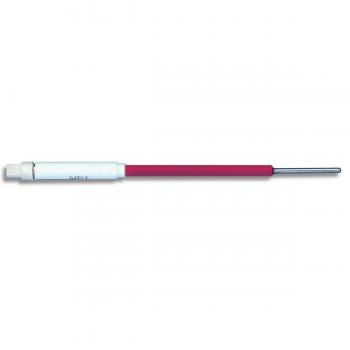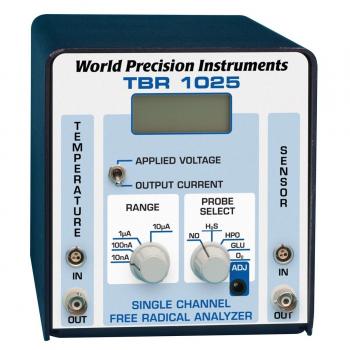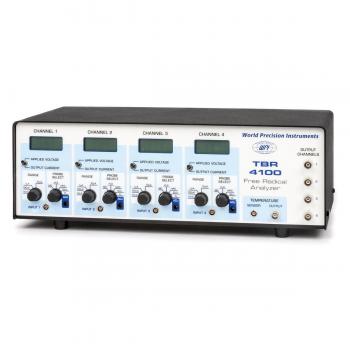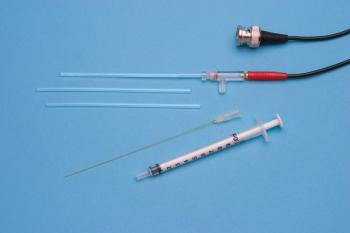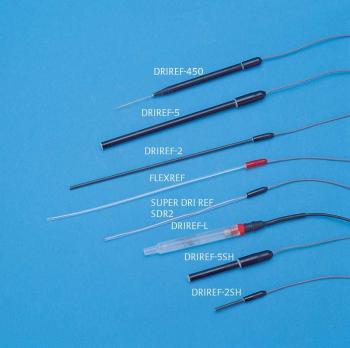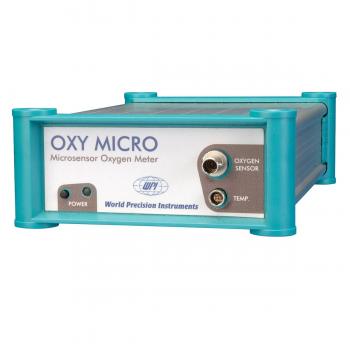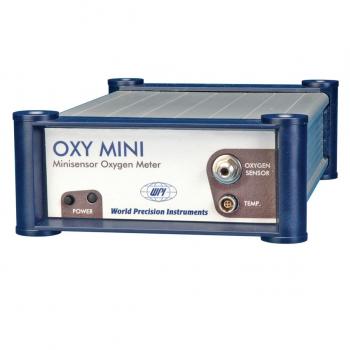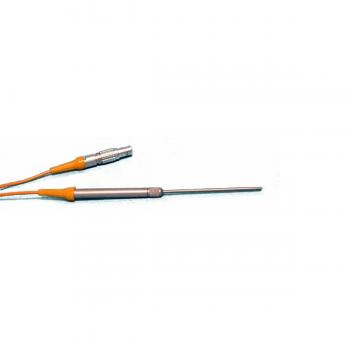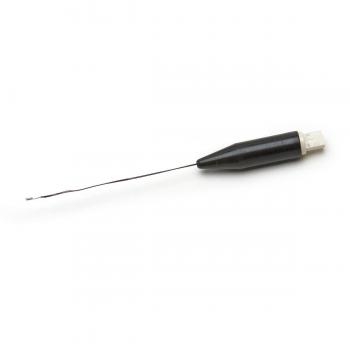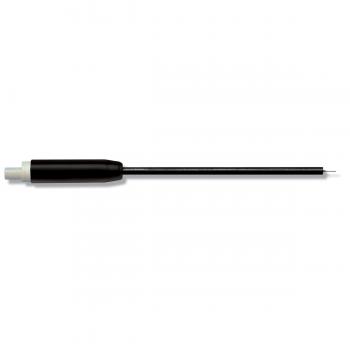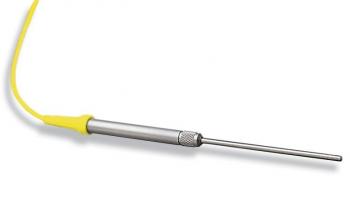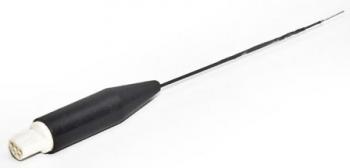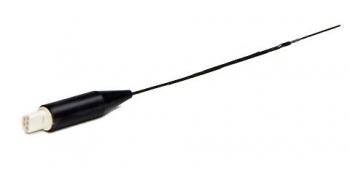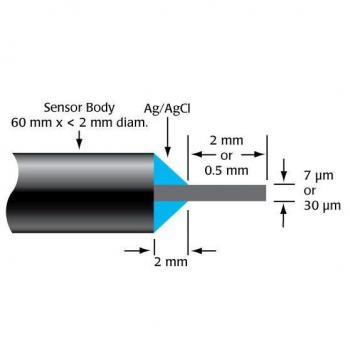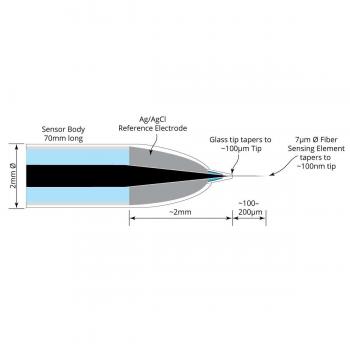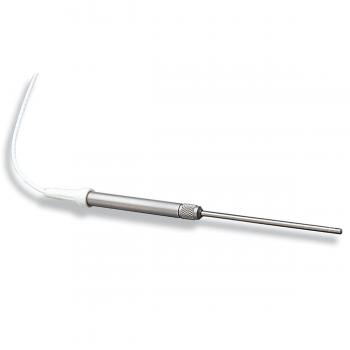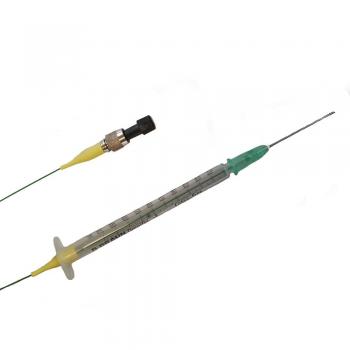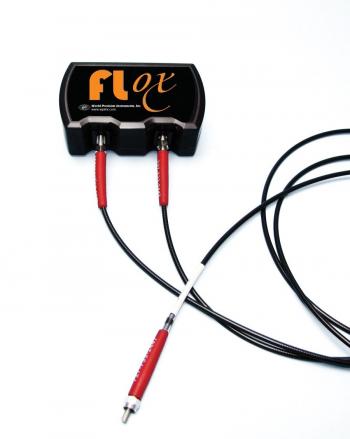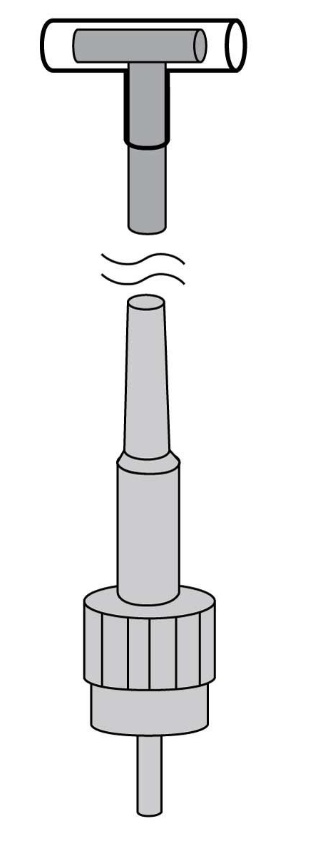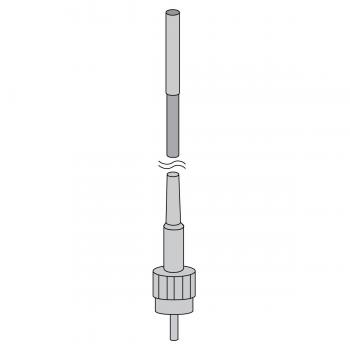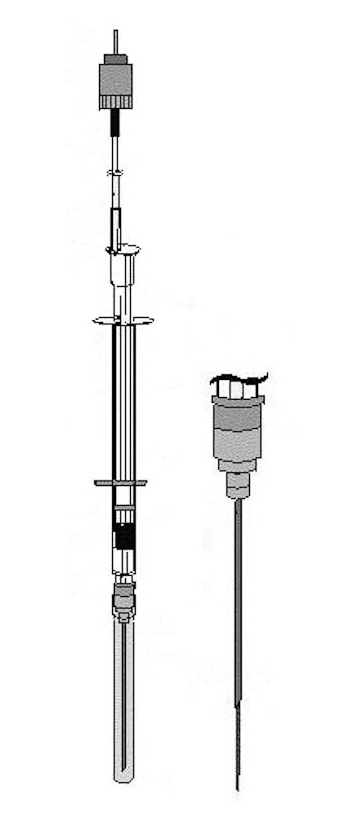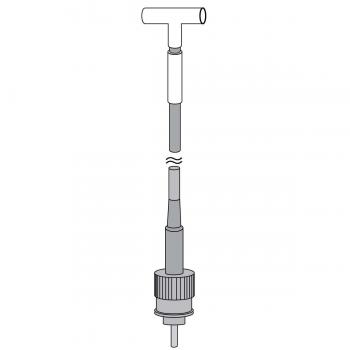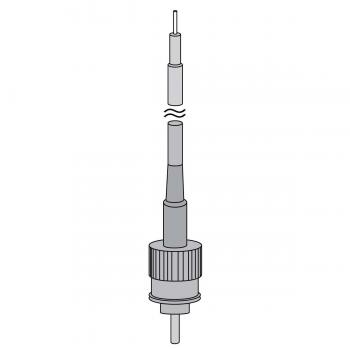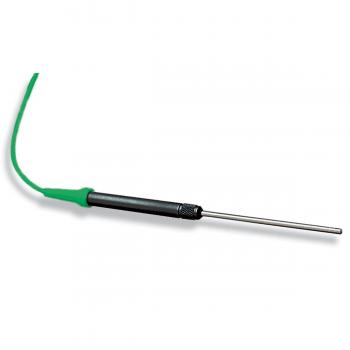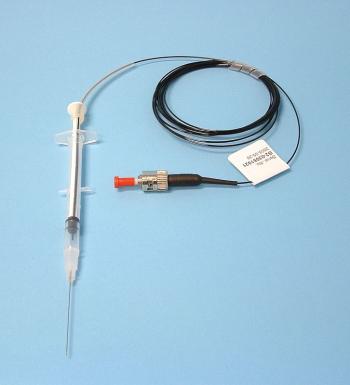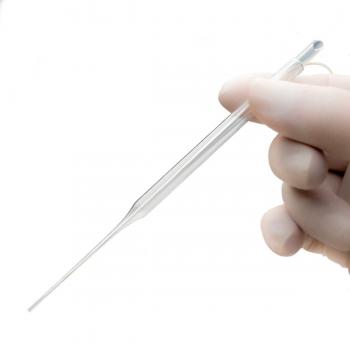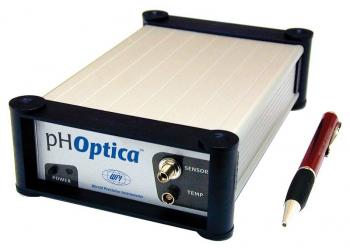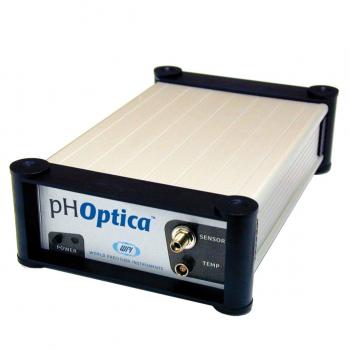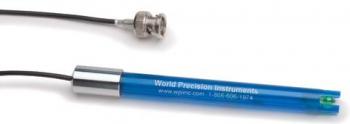/ Partners / Distributor of WPI in Baltic States (Estonia, Latvia, Lithuania) and Ukraine, Kazahstan
World Precision Instruments
Web-site: https://www.wpiinc.com/
WPI (World Precision Instruments) is a leading manufacturer of laboratory products, focused on providing its customers with advanced laboratory instruments at cost-effective prices. More than 50 years ago, the company designed and manufactured equipment for electrophysiology. The company now operates in several fields, the main ones being tissue and cell biology, animal physiology and electrophysiology.
For almost 50 years, WPI has been serving scientists. Science is the company's passion, and its mission is to help you bring your ideas to life with quality, cost-effective instruments. Here are some of the highlights of the firm's many years of activity.
WPI Company History
- 1967 - Founder Harry Fine began producing amplifiers and stimulators used in nerve, skin and muscle research for scientists at Yale University.
- 1980 - WPI introduced the first nano-liter oocyte injection pump.
- 1985 - The UK sales office is opened.
- 1986 - Low-noise, high-performance DAM series bioamplifiers are introduced.
- 1987 - The German sales office was opened.
- 1988 - The EVOM was developed as a voltmeter for TEER. (Transepithelial Electrical Resistance).
- 1997 - The first UltraMicroPump was introduced.
- 1998 - The REMS robotic system for high-performance TEER measurement is developed.
- 2003 - Apolo 4000, the leading free radical analyzer, is introduced.
- 2008 - EVOM is upgraded to the state-of-the-art EVOM2, setting a new industry standard for providing cell culture fusion in well plates.
- 2008 - Sales office opened in mainland China.
- 2009 - The TB4100 4-channel free radical analyzer was developed.
- 2012 - Nanoliter2010 Microinjector introduced.
- 2015 - Released the PUL-1000 microelectrode/micro pipette remover for microinjection.
- 2018 - MICRO-ePORE™ Pinpoint Cell Penetrator for more efficient microinjection is introduced.
- 2019 - Introduced SMARTTouch™ controller for use with UMP3 and Nanoliter2010 pumps.
- 2020 - MICRO-ePUMP series and microinjectors introduced.
- 2020 - Released EVOMS3, the latest TEER meter with touch screen control and automatic data logging.
- 2021 - Introduced WPI Vision, a division of WPI, which has launched an advanced 3D microscope with a number of patented technologies.
You can buy WPI equipment in Baltic States (Estonia, Latvia, Lithuania) and Ukraine, Kazahstan from the local distributor – Tregoland OU.
WPI is our partner. We offer their products with competitive prices. You may get a look over the next products:
- Intracellular Amplifiers
- DUO 773
Two-channel low-noise amplifier for intracellular microelectrode registration. Features capacitance compensation, signal filtering, current injection, overvoltage alarm, bridge balance, etc.
- Extracellular Amplifiers
- DAM Series
Standard amplifiers designed for extracellular potentials. They are battery-powered and have a compact housing that allows them to be placed in close proximity to the object of study. They have current injection and ionophoresis functions.
- Stimulators
- Accupulser A310
Pulse generator/stimulator with digital or manual control. Generation of single pulses and series. Voltage setting accuracy of about 1%.
- A365
Stimulus Current Isolator (Current Stimulator), controlled by an external TTL logic signal and operated by batteries. The current is independent of the load if the required voltage does not exceed 100V. The maximum current is 10 mA (three current ranges).
- Microelectrodes
- Carbon Microelectrodes
With WPI carbon microelectrodes it is possible to detect various oxidizable substances in solutions. They can also be used to record extracellular electrical activity.
- Micromanipulators
- Ball Joint Magnet
Ball mount with magnet for constructing homemade miniature holders for small equipment (stimulation electrodes, sensors, indirection electrodes, etc.).
- Microinjection and Perfusion Systems
- Pneumatic Picopump
Pressure supply systems for intracellular injection as well as other microinjection tasks requiring precise pressure setting. Injection volume in the range from picoliters to milliliters.
- Nanoliter 2020 Injector
NANOLITER2020 is the updated version of WPI??™s popular NANOLITER2010 Injector that is capable of performing precision injections in the nanoliter range using a variety of glass micropipette sizes.
- AL-1000
The AL-1000 supports programmed infusion and suction with plastic syringes up to 60 ml and individual glass microsyringes of 0.5-500 µL.
- Nanoliter 2010 Injector (discontinued)
High-precision piston micro-injector with adjustable speed and solution volume. Computer control is possible. Maximum fluid volume 5 ?µl, minimum 4.6 nl.
- Muscles
- SI-H Muscle Tester Basic
Basic research system for working with muscle tissue and individual fibers. Supports measurement of basic parameters with mechanical and optical registration.
- SI-H Standard Muscle Research
Integrated system for mechanical and optical registration of intact or dissected muscle tissue. Supports many modern methods of muscle physiology research.
- SI-H Micro-Tweezer
Micro-Tweezer for working on individual muscle fibers. There is a mechanosensor that can be integrated with the piezo-nanomotor.
- Biotester
Biotester allows you to monitor the contraction or stretching of tissue on two axes, recording a video picture synchronized with the work of sensors. Specialized software allows you to build histograms of contractions and observe the movement of individua
- SI-H Force Transducers (discontinued)
KG series mechanical sensors are designed to measure force over a wide range. A resolution of 0.2 ?µN makes it possible to measure the force exerted by an individual cardiomyocyte.
- Environment Monitoring
- CDOM Measurement System
Capillary liquid waveguide cell (LWCC) for measuring CDOM in aquatic ecosystems: detects small concentrations of dissolved substances; makes a wide range of optical density measurements.
- Cell Biology
- MICRO-ePOREâ„¢
WPI MICRO-ePOREâ„¢ Pinpoint Cell Penetrator is intended for targeted cell microinjection and increased embryo viability.
- EVOMâ„¢ Manual
The WPI's EVOMâ„¢ Manual for TEER Measurement allows you to determine cell culture maturation and analyze cell growth and division curves by changing the current flowing through the cell layer.
- Spectroscopy
- Tidas-E Base Spectrometer
The WPI Tidas-E Base series photodiode array spectrometer is a high-end fiber optic spectrometer module designed for low-noise applications.
- Tidas S300 PDA Spectrophotometer
Spectrophotometric systems WPI Tidas S300 with photodiode array (PDA) provide measurements in a wide range of wavelengths: from UV to visible and IR.
- D4H Light Source
D4H Deuterium/Halogen Fiber Light Source has a continuous spectrum in the UV, VIS and NIR range.
- FO-6000 Light Source
The WPI FO-6000 tungsten fiber light source has a spectral range of 380-1700 nm and is excellent for low-noise VIS absorption measurements.
- Liquid Waveguide Capillary Cell
WPI Series LWCC3XXX liquid waveguide capillary cells have a path length of 50, 100, 250 or 500 cm. They provide spectroscopic measurement of trace concentrations of dissolved substances due to the increased optical path length.
- Low Volume Flow Cell
The WPI MicroLWCC small volume flow cell increases the optical path length for measurements by 10, 50 or 100 mm. Suitable for FIA, GFIA, HPLC and optofluidics.
- Mini DipTip?„?
The smallest fiber-optic immersion probe Mini DipTip?„? with three optical pathway sizes (2, 5, 10 mm) provides mobile measurements of protein and DNA samples with a spectrophotometer.
- SpectroPipetter-II
The WPI's SpectroPipetter-II immersion probe with a sample volume of 2 ?µl can be used for spectroscopic measurements of small amounts of protein and DNA in field experiments.
- pH-LUX (discontinued)
The pH??“LUX Optical Sensor System is optimal for measuring pH in the physiological range [5.5-8.5].
- Biosensors
- Temperature Sensor
This temperature sensor is based on a platinum electrode, and shows greater measurement stability than traditional thermistor and thermocouple sensors.
- Analyzer TBR 1025
The TBR1025 Single Channel Free Radical Analyzer can detect NO, H2O2, H2S, CO, O2 or glucose and can also receive analog data of additional measurements on one channel in parallel.
- Analyzer TBR 4100 with Lab-Trax4/16
The TBR4100 four-channel free radical analyzer with Lab-Trax4/16 can simultaneously measure four different types of radicals in a single preparation plus acquire other physiological data (ECG, HR, BP, etc.) on an independent channel.
- Ion Selective Electrodes
The WPI Kwik-Tip ion-selective electrodes allow the determination of calcium, hydrogen, potassium and TPP ion concentrations with a conventional pH meter.
- Dri-Refâ„¢ Reference Electrodes
The WPI's Dri-Ref reference electrodes provide extremely low electrolyte leakage (KCl) and exhibit stable and reproducible potential and low resistance.
- OxyMicro
The WPI's OxyMicro Fiber Optic Oxygen Meter is used together with MicroTip, MicroFlow and MicroImplant microsensors.
- OxyMini
The fiber-optic oxygen meter WPI OxyMini is designed for use with MiniTip, MiniFlow and MiniFoil minisensors.
- Free Radical Sensors
- ISO-COP-2
The WPI ISO-COP-2 carbon monoxide sensor is made of 2.0 mm thick stainless steel with a replaceable membrane-coated thermowell. The sleeve is filled with electrolyte. It is an amperometric sensor designed for use in cell culture.
- IGS100 Glucose Sensor
The WPI's IGS100 implantable glucose sensor enables long-term glucose measurement in in vivo or in vitro experiments.
- ISO-HPO-XXX
WPI's hydrogen peroxide microsensors make it easy to measure H2O2 levels in biological samples.
- ISO-HPO-2
The WPI hydrogen peroxide macrosensor is used to determine the H2O2 concentration in cell cultures.
- ISO-H2S-XXX
The WPI hydrogen sulfide sensor is highly selective and sensitive to H2S with a fast response time.
- Nitric Oxide Sensors
- ISO-NOPF
The WPI ISO-NOPF flexible nitric oxide sensor is suitable for in vivo NO measurements in the lumen of arteries and other blood vessels.
- ISO-NOP Micro Sensors
WPI's nitric oxide microsensors are excellent for measuring NO levels in microvessels.
- ISO-NOPNM Nanosensor
The WPI's ISO-NOPNM nitric oxide sensor has a diameter of 100 nm and can be used to measure NO at the cellular level.
- ISO-NOP
The WPI nitric oxide sensor (2 mm) can be used to determine the concentration of NO (and nitrite, nitrate) in cell cultures.
- O2 Sensors
- BioOxy
The BioOxy optical oxygen sensor does not consume O2 during measurement. It is excellent for measuring O2 concentrations in small spaces.
- Flox
The WPI FLOX oxygen sensor is ideal when samples need to be left unchanged for long periods of time.
- MiniFlow
The WPI's MiniFlow T-shaped flow oxygen sensor has a response time (t90) of about 40 s and excellent long-term stability.
- MiniTip
The WPI MiniTip fiber-optic oxygen sensor has a tip diameter of 4 mm and a response time (t90) of about 40 s.
- MicroTip
The WPI's MicroTip fiber-optic oxygen sensor has a small tip size of 50 ?µm and a fast response time (t90) of 1 s.
- MicroFlow
The WPI's MicroFlow flow case oxygen sensor is optimized for fast response times (t90 < 1 sec in gases, < 5 sec in liquids).
- MicroImplant
The implantable WPI's MicroImplant oxygen microsensor has a tiny probe tip of 50 ??m, an open fiber length of 5 mm and a sheath diameter of 900 ??m.
- ISO-OXY-2
The WPI's ISO-OXY-2 oxygen sensor is a Clark type with a tip size of 2 mm and can be used for measuring O2 in very small volumes.
- pH Measurement
- Needle Type pH Sensor
The WPI's fiber-optic pH sensor with 3 PK needle type housing has a tip size of 140 ?µm and provides measurement in very small sample volumes.
- pH MicroImplant Sensor
Implantable fiber-optic pH sensor WPI MicroImplant has no housing, which allows to implant it into the blood system of the animal or implant it into the soil.
- pH-Optica for Microsensors
The WPI's pH-Optica Fiber Optic pH Meter can be used with microsensors to measure pH from 5.5 to 8.5.
- pH-Optica for Minisensors
The WPI's pH-Optica mini fiber-optic pH meter allows non-invasive pH measurements through the transparent bulb walls in the range of 5-9.
- Combination pH Electrode
The WPI's combination pH electrode is low-noise and perfectly suited for laboratory and field measurements over the entire range (pH 0-14), especially in strong magnetic fields.
If you did not find an apparatus of interest in the list, please, call us or contact us via E-mail (see contacts).


